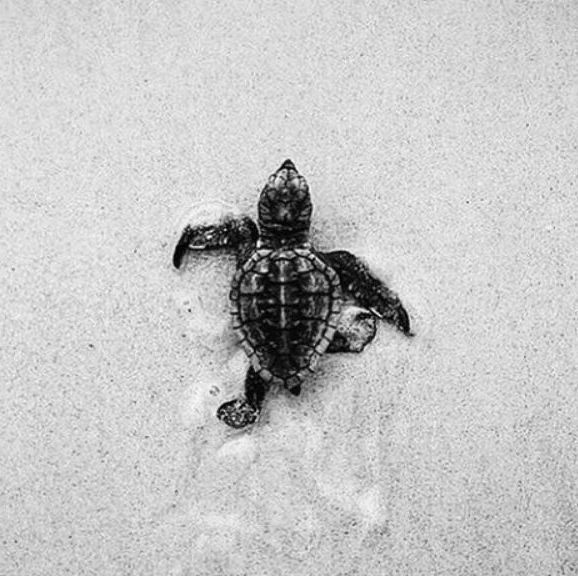I remember my first time paddling out, the sting of saltwater on my skin, and the vast expanse of the ocean ahead. The waves seemed massive from the lineup, each one more daunting than the last. My first attempt at catching a wave was a disaster. I paddled furiously, but the timing was always off, and my pop-up felt clumsy. I wiped out almost instantly, tumbled by the surf, dragged under, and sent tumbling back into the foam. Over and over, I fell. Each wipeout left me feeling more defeated than the last, the ocean feeling like a force beyond my control. It was like trying to find footing in something unfamiliar, where every failure seemed to prove how far I was from getting it right.
But slowly, I started to feel the rhythm of the ocean, to understand its pulse. I began to paddle with more purpose, learning to read the waves instead of fighting against them. The key wasn’t to rush, but to wait for the right wave and ride it with intention. In the lulls between sets, I’d float, letting the water carry me, feeling the ebb and flow beneath me. It wasn’t just about the mechanics of the sport anymore; it was about aligning myself with something larger. I found myself letting go of the fear of falling, knowing that with each wave, I was gaining more control—learning the patience and timing that only experience can teach.
Then, one day, it clicked. I caught the wave just right, paddling in sync with the swell as it lifted me. I stood up, and for a brief moment, it felt like I was weightless, gliding with the current. The wave took me in, its energy propelling me forward, and I felt a rush I hadn’t experienced before. As I rode it through, I carved a turn, a small cutback, and it felt effortless—like I was no longer fighting against the surf, but dancing with it. Every wipeout, every failed attempt, led me to this moment, and I realized it was the persistence that made the ride worthwhile.
Looking back, I realize how much surfing taught me about the journey itself. It’s not just about catching the perfect wave; it’s about knowing how to paddle back out after you’ve been tossed. Each fall, each misstep, and each frustrating wipeout shaped my approach. Now, when I paddle out, I don’t expect perfection. I’ve learned to trust the process, to let the ocean guide me. The key is to stay open, embrace the rhythm, and trust that the next wave will come when I’m ready to meet it.

